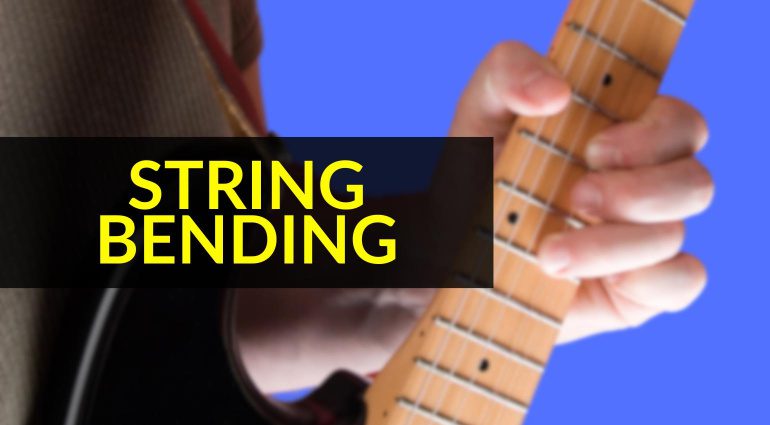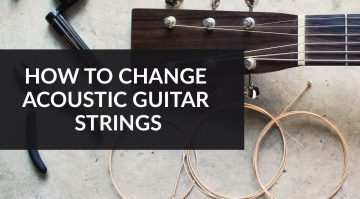String Bending: A Guide to Mastering a New Technique
Getting to grips with a timeless guitar technique
String bending is one of the most defining and characterful things you can do as a guitarist. However, knowing the theory behind it and how to pull it off successfully can be a different story. Let’s slide into the ups and downs of string bending on guitar.
String Bending: A Guide to Mastering a New Technique
Think about your favourite guitar solo, whether that’s to play or listen to. Chances are, the respective guitarist will have used string bending. A technique that should be accessible to everyone, but is often overlooked.
Typically, string bending is carried out on electric guitars. This is thanks to light gauge strings, reduced neck tension and a compliant fingerboard. However, it is not uncommon for acoustic guitar players to utilise the same technique.
Here, we’re going to delve into the theory behind this skillset, along with some ear training. Moreover, we’ll check out a couple of TABs for some highly regarded solos. But first! You may need to grab a spare set of strings before getting invested in string bending…

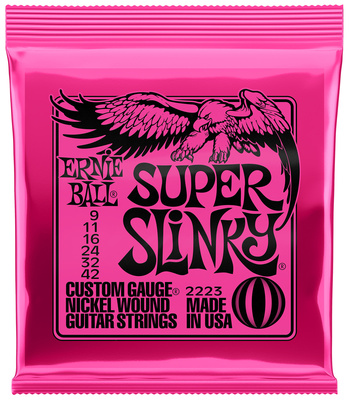
Theory
Firstly, it’s important to know what’s going on behind the scenes when learning a new technique. This will ultimately help you move forward.
So, what’s happening then? To bend a note is to alter the pitch by a specific interval. Most commonly, notes are altered by either a semi-tone or a tone. Often referred to as half-step, or whole-step bends. If you’re unsure, we can translate this to our fretboard.
Any string can technically be bent, however, it usually works best across the high E, B and G strings. Ideally, we want to bend upwards towards your chin rather than downwards towards the floor. Why not check out this TAB showing some examples of whole and half-step bends?
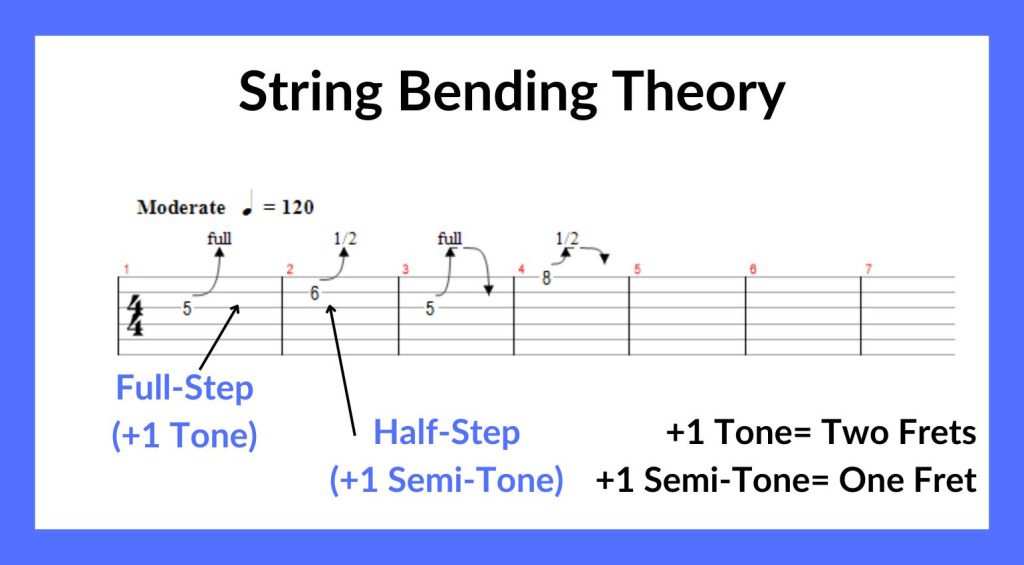
Developing Strength and Control
Our second look at mastering string bending is to focus on how we can physically bend the string on the fretboard, whilst gaining some dexterity in your fingers.
Ideally, in the fretting hand, we want to use three fingers to achieve a successful bend. Why? Using additional fingers will take the weight of the string and allow for greater control over the bend.
Which fingers need to be used? Personally, I’ve found that my 1st, 2nd, and 3rd fingers give me the strength and control that I need to execute a flourishing bend. However, there will some occasions where you’ll only be able to use one finger to string bend. Typically, your 3rd finger.
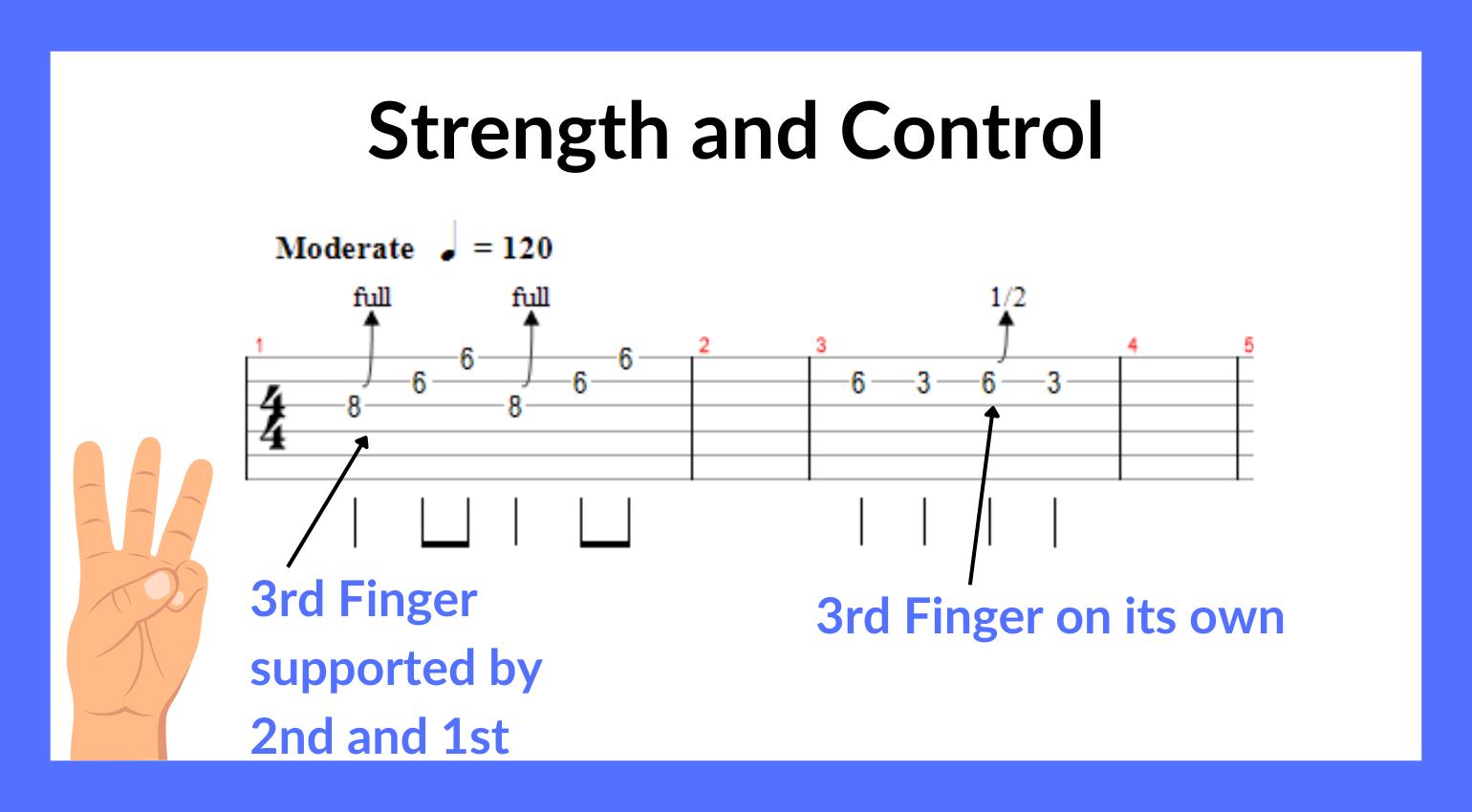
Pitch Accuracy
Thirdly, we’re going to look at a bit of ear training. A touch more theory here, but worry not! It’ll further our understanding of this timeless technique.
We spoke about full and half bends earlier, so let’s put that into practice. Let’s say we want to bend the G string on the 7th fret. This is a D note. When bending this note upwards, our 3rd finger will be on that D note and your 1st and 2nd fingers will follow behind on the 5th and 6th frets of the same string.
To achieve a full-step bend, we’ll need to change that D to an E note. This is the distance of two frets. For our ear training, it’s beneficial to play an E note just before the bend. Simply, as a reference point. Bend too far, and you’ll be beyond that E that we need. However, don’t bend far enough and you’ll be short of that target.
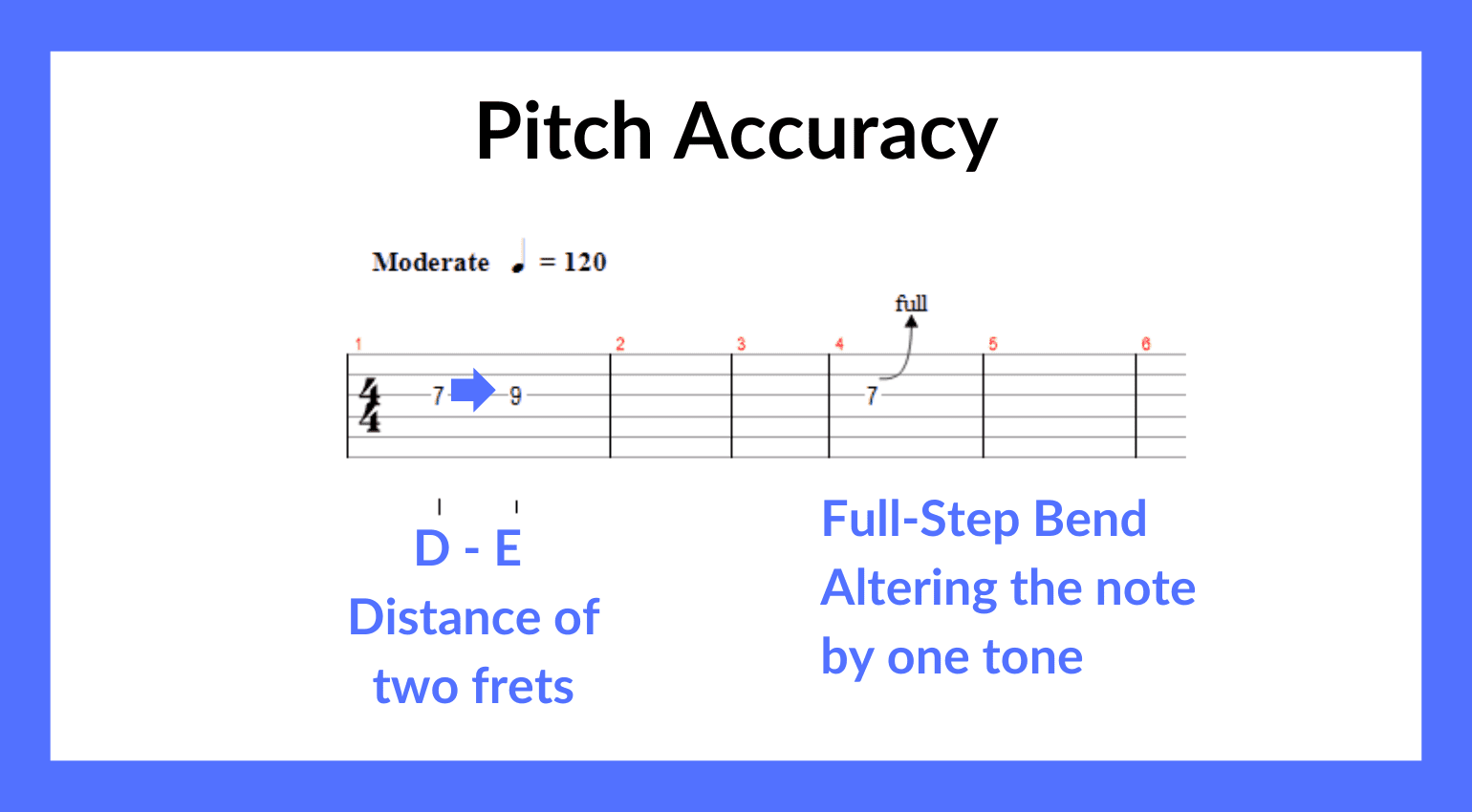
Panama – Van Halen: String Bending
Okay, why don’t we look at some real-world examples? The late Eddie Van Halen was a virtuoso on guitar, but despite this, we can look at one of his solos for more of an insight into string bending.
Before we start, you’ll want to tune your guitar down to Eb, as Panama is not in E standard tuning. Missing a tuner? Well, there are plenty available from Thomann.
We’re just going to look at the opening bars of the solo. Here, we’ve got some full-step bends on the 9th fret of the G string whilst keeping another finger on the 7th fret of the B string. For now, we can ignore the tapping and the dive bombs, it’s those powerful bends that we’re interested in!
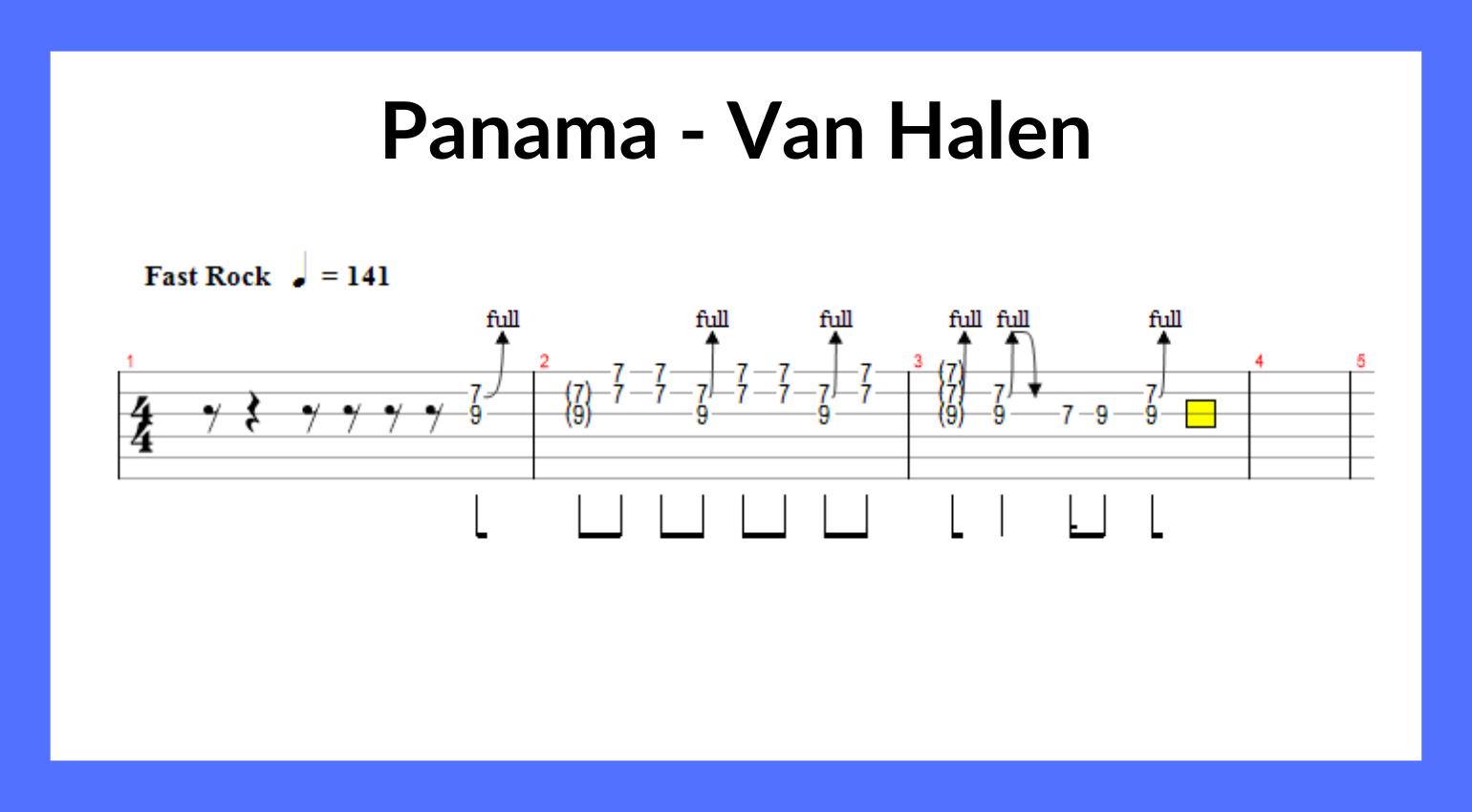
Now you’ve got the bends, why not grab the guitar to match? This EVH Frankie is one of Eddie’s signature models. Complete with 22 jumbo frets, string bending will feel like a walk in the park.


Tie Your Mother Down – Queen: String Bending
Finally, we’re grabbing a slice of 1970s guitar goodness. Brian May isn’t shy about a few bends or two, so let’s take a closer look at this outlandish solo.
This time we’re going to benefit from adding some double stops into our skillset. Within this solo, we want to use our 1st finger to cover the G and B strings together. Moreover, we’ll be combining half-step bends along with full-step bends.
Overall resulting in a unique sound, Brian May’s use of double stops with both types of bends will help with your practice of string bending. What’s more, you’ll have added a high-energy solo to your repertoire.
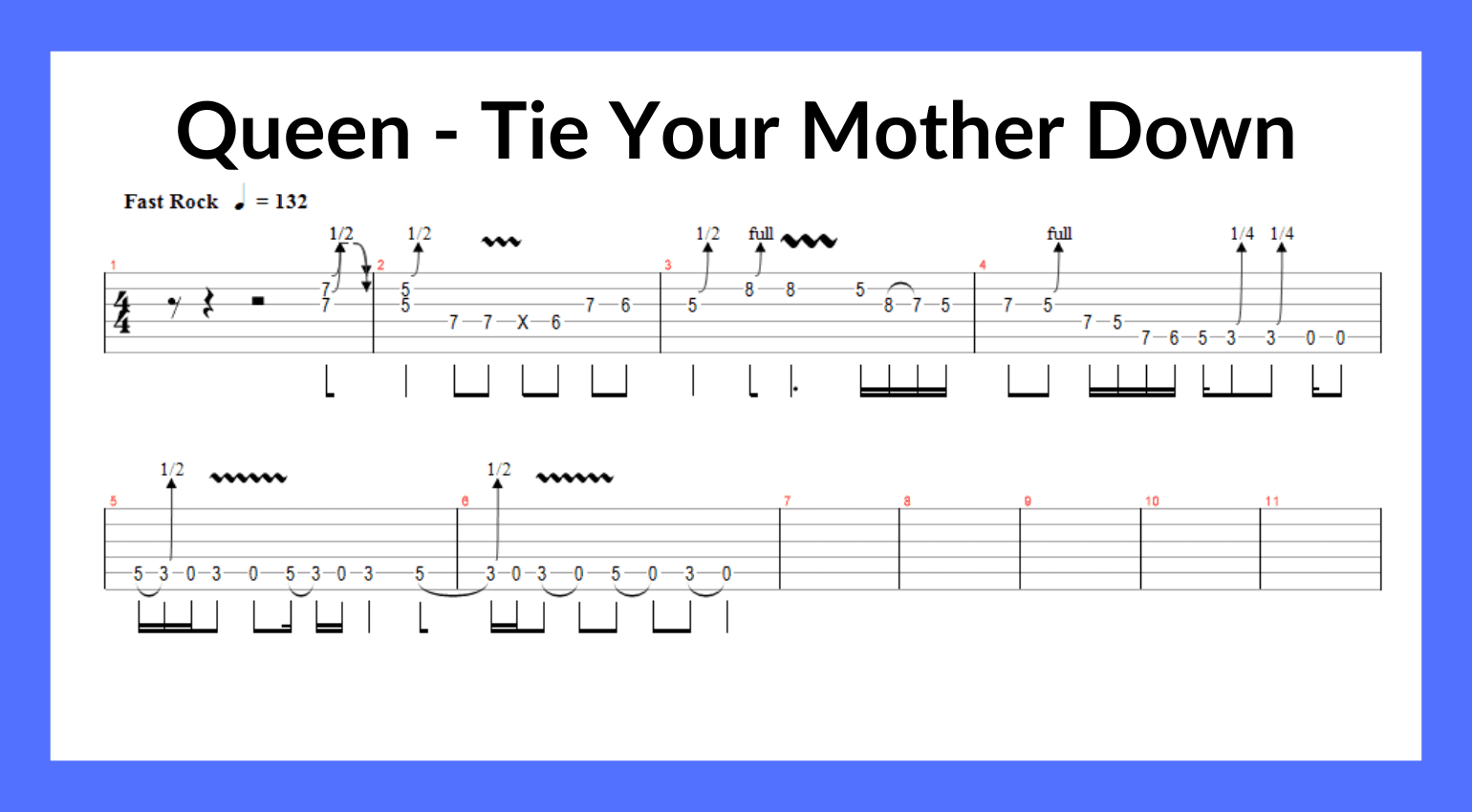
Similarly, we’ve got another home-brew guitar used by the artist. Harley Benton offers this convincing Red Special style guitar. Making use of three single coil pickups and a 3-way phase selector. Allowing you to bring various pickups in and out of phase with each other.

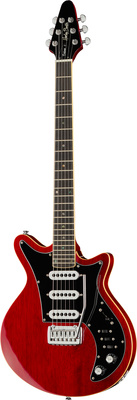
Although the BM-75 Trans Red Deluxe is reasonably budget-friendly, there is another way to sound a bit more like Queen. This Vox AmPlug2 is like a mini Vox AC30, but for a fraction of the cost!

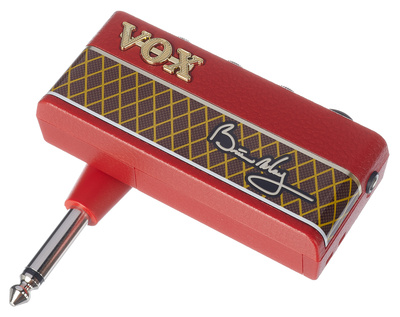
String Bending: Sore fingers?
There we have it, a quick comprehensive guide on how to get to grips with string bending. Combining the knowledge of where to bend, which fingers to use, and what to listen out for!
Do you have any go-to solos that showcase this wonderful technique? Maybe you drizzle your improvisation with bends.
Video:
Further Information:
- Guitar TAB: Lines and numbers, what do they mean?
- Top 5 Single String Riffs
- Guitar Picking Techniques
 4,8 / 5,0 |
4,8 / 5,0 | 